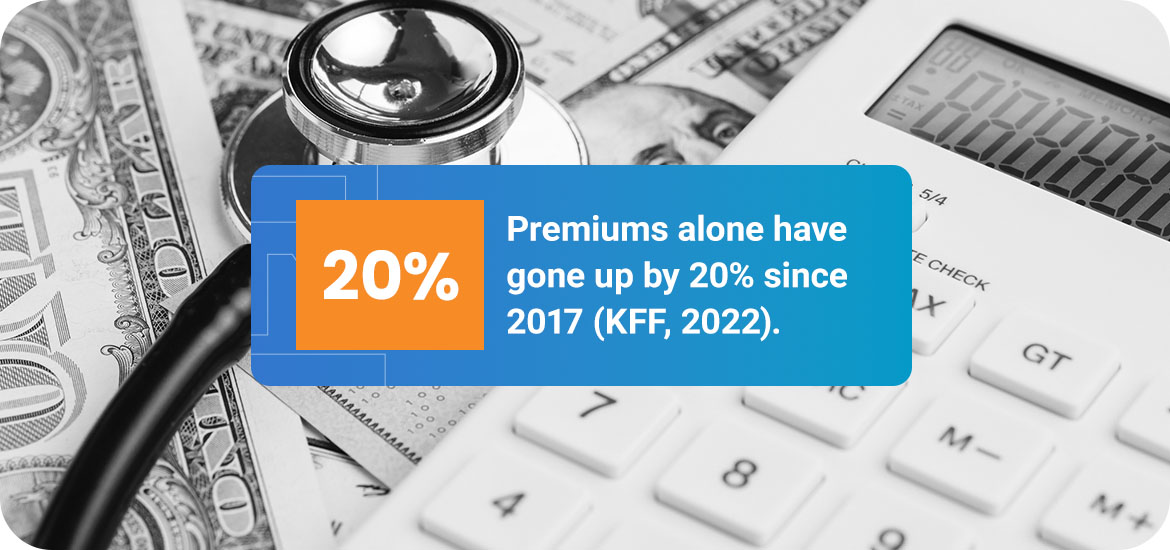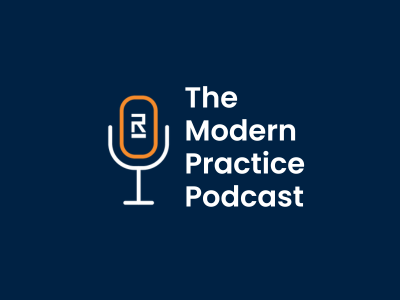As the current model of healthcare evolves, so does the way we pay for it. Patient financing solutions have provided a more convenient, financially secure way to cover the costs of care, allowing more people to get the care they need without taking on medical debt. This new method of payment has changed the way the healthcare industry operates, and providers — from hospitals and specialists to allied health groups and dentists — must understand it if they want to stay ahead.
What Are Patient Payment Plans?
Patient payment plans are similar to the ones you might see when checking out from an online store. They offer the patient a short-term financing plan that breaks a purchase down into manageable monthly payments. Payment plans often do not charge interest, and patients can more easily get approval, even with low- or mid-range credit scores. Patient financing plans typically don’t affect the applicant’s credit score, either, unless they make late payments or fail to pay.
While helpful for patients, these plans can also support the healthcare practices offering them. Providers can run their own in-house payment plans or outsource the process. These healthcare patient financing options help providers improve treatment access and offer patients more peace of mind, bringing in more revenue and improving the overall experience.
Still, managing these plans in-house can be resource-intensive for most practices, as staff would need to spend time creating the plans and chasing down payments. The right software or third-party partner can help practices simplify or virtually eliminate administrative tasks.
Why Are Patient Payment Plans so Popular?
Patient payment plans have exploded in recent years. In 2019, patient financing plans accounted for $10 million in the healthcare products and services (Consumer Financial Protection Bureau, 2022). That number jumped to $230 million by 2021. While this category does include healthcare products purchased at retailers, it points to patients’ desire for care-related financing solutions.
In a joint study with PYMNTS.com, we found that 63% of patients show interest in payment plans, and payment plans would entice 33% of patients to switch medical providers (2021). In short, these plans have quickly gained traction, and many different factors have contributed to that growth.
Here are some of the benefits of patient financing contributing to its popularity:
1. Convenience
These plans are incredibly convenient for patients. Instead of paying a large lump sum that may be out of their budget, patients can break the cost down over time. They may get benefits like no interest, capped late fees, and an application process that doesn’t hurt their credit score. Compared to other services like loans or opening a credit card, payment plans offer a convenient and more financially secure method of paying for care.
2. Economic conditions
The COVID-19 pandemic played a major role in the use of patient financing, as many consumers and patients needed it to help cover necessary purchases in a period of economic downturn. Even in 2023, living costs and inflation remain high, federal interest rates continue to grow, and many Americans struggle to make ends meet (Horsley, 2023). These financing options can be the difference between receiving necessary healthcare and going without it.
3. High healthcare costs

Those economic conditions are especially pressing when we consider the high cost of healthcare. While patient financing might not be necessary for a $100 clothing purchase, it becomes much more enticing or necessary for a procedure that costs a few thousand dollars. Premiums alone have gone up by 20% since 2017 (KFF, 2022). The Consumer Price Index (CPI) also shows that costs for medical care are rising faster than other expenses (Peter G. Peterson Foundation, 2023).
To accommodate these higher costs, many patients need the assistance of payment plans or financing solutions.
4. Patient expectations
As patient financing became more popular in e-commerce, people began looking for it in other industries. Now, you’ll see it in places like car repair shops, travel agencies, and of course, at the provider’s office. Patients now expect providers to offer modern tools, like digital payments and provider portals. Payment plans are one of those valuable resources, bringing the convenience they get from other industries to healthcare.
5. Improved cash flow for practices
Patient financing also benefits the cash flow of healthcare practices. These flexible options can attract more patients, helping the providers stay competitive and keep pace with industry trends. With the right resources, providers can also enjoy reduced risk. Staff won’t need to chase down payments or worry about not having the necessary cash flow to keep the business moving. Regular, manageable payments allow patients to better keep up with their commitments.
Patient Payment Plans and the Future of Healthcare
In an industry with such a unique monetary landscape, this new payment model can significantly affect the way patients receive care. As they become more accepted and widespread, payment plans and financing options can address some of the biggest challenges that patients and providers face, including:
- Cost barriers: Costs are the top barrier to care, and payment plans can help make services more affordable (American Academy of Physician Associates, 2023). Even with insurance, copayments and coinsurance are often out of budget. Practices that offer financing to patients provide affordability and peace of mind, so patients know that costly services won’t be out of reach. The new approach chips away at this huge barrier in the industry.
- Vague pricing: Thanks to insurance processes, many customers don’t know the full extent of their costs until after treatment. Providers often shy away from this conversation, but reliable payment methods can help break down the uncertainty and allow providers to have open and honest discussions about potential costs.
- Trust in providers: Trust in the healthcare system can be tenuous, but payment plans provide more accommodating solutions and transparent pricing. They offer more support and fewer surprises, improving trust between patients and providers.
These are just a few examples of how payment plans will likely influence the future of healthcare. One thing is certain — patient payment plans will play a significant role in improving healthcare delivery. Practices that adopt this new tactic can stay ahead of the curve, appealing to more patients and boosting their cash flow.
Try Healthcare Financing Solutions with Rectangle Health
While patient payment plans and financing solutions have much to offer, their success depends on having the right implementation partner. At Rectangle Health, we offer the software for managing in-house payment plans and an integrated partnership with a third-party financing organization that offers nearly 100% approval*. You can enjoy hands-off financing and minimal risk or get complete control over your plans.
Both options integrate with your electronic health record (EHR) and the rest of the Practice Management Bridge®. Other features in the platform include versatile payment options, scheduling, patient communication, and compliant security. Managing day-to-day operations shouldn’t be the most time-consuming part of your day. Rectangle Health can help you support your patients without added risk or excessive administration requirements.
* Rectangle Health’s patient financing solution provides nearly 100% approval. Applicants determined to be in Open Bankruptcy, Fraud Alert or on the Terrorist Watch List during the application process will be declined. Patients covered by government payor programs for a procedure are not eligible for financing of that procedure. Government payer programs include Medicare, Medicaid, the State Children’s Health Insurance Program (SCHIP), the Department of Defense TRICARE and TRICARE for Life programs (DOD TRICARE), the Veterans Health Administration (VHA) program, and the Indian Health Service (IHS) program.]
References
- American Academy of Physician Associates. (2023, June 2). The patient experience – perspectives on today’s Healthcare. AAPA. https://www.aapa.org/research/patient-experience/
- Consumer Financial Protection Bureau. (2022, September). Buy Now, Pay Later: Market trends and consumer impacts. Consumer Financial Protection Bureau. https://www.consumerfinance.gov/data-research/research-reports/buy-now-pay-later-market-trends-and-consumer-impacts/
- Horsley, S. (2023, July 4). Here are the 5 things to know about the state of the economy this Independence Day. NPR. https://www.npr.org/2023/07/04/1185772029/economy-inflation-recession-savings-spending-interest-rates
- KFF. (2022, October). 2022 employer health benefits survey – section 1: Cost of health insurance. KFF. https://www.kff.org/report-section/ehbs-2022-section-1-cost-of-health-insurance/
- Peter G. Peterson Foundation. (2023, July). Why are Americans paying more for healthcare?. Peter G. Peterson Foundation. https://www.pgpf.org/blog/2023/07/why-are-americans-paying-more-for-healthcare
- PYMNTS.com. (2021, January 27). The Healthcare Payment Experience Report – January 2021. Pymnts.com. https://www.pymnts.com/study/healthcare-payment-experience-rectangle-health-digital-medical/



